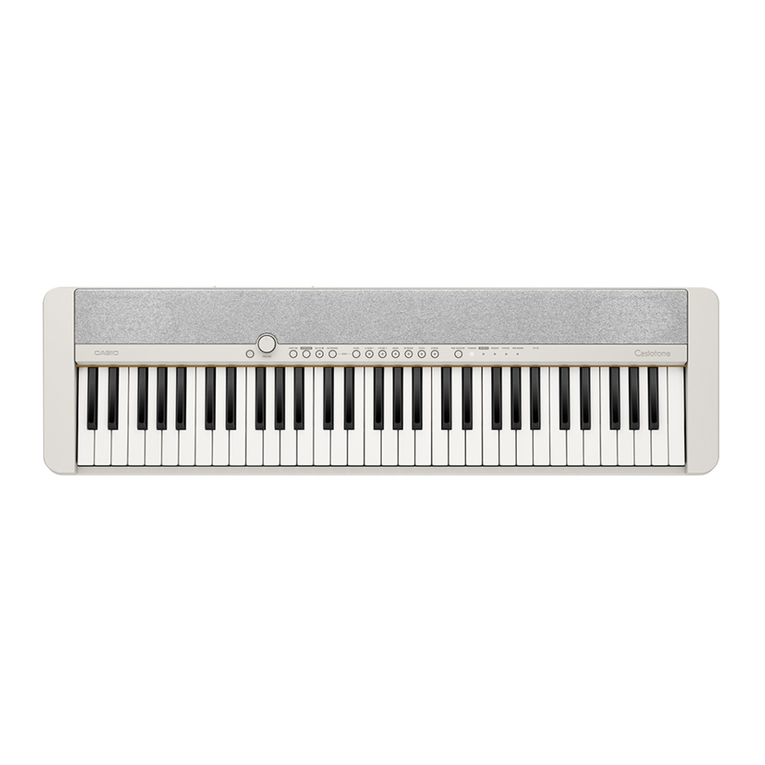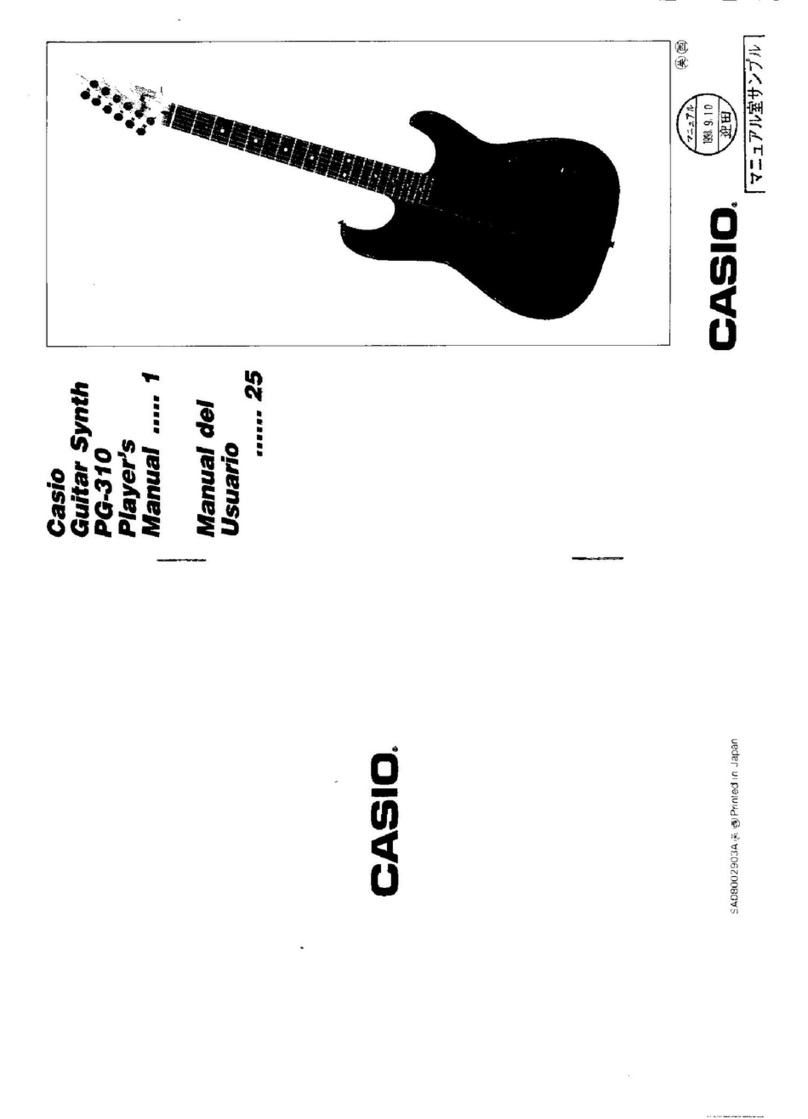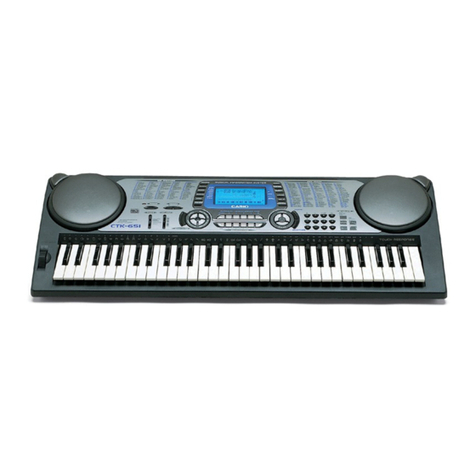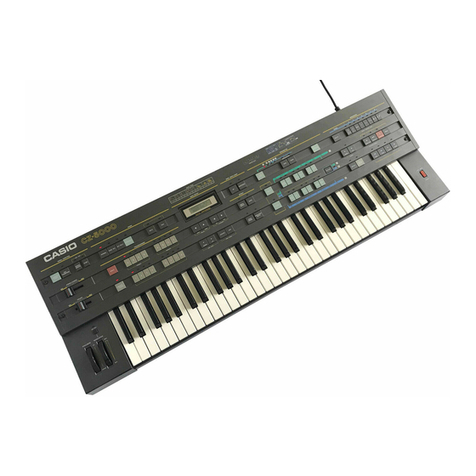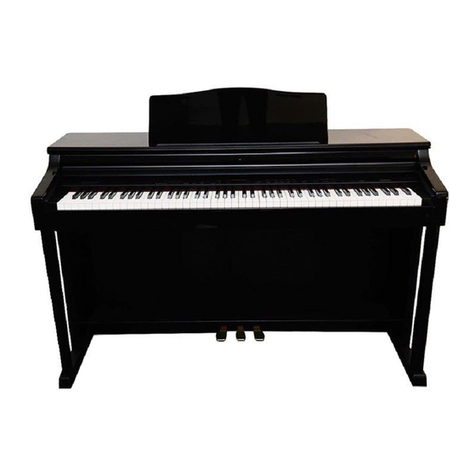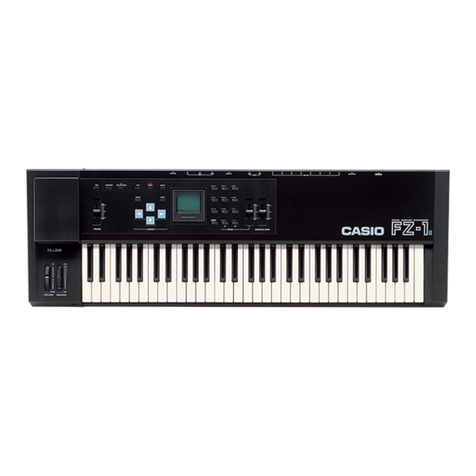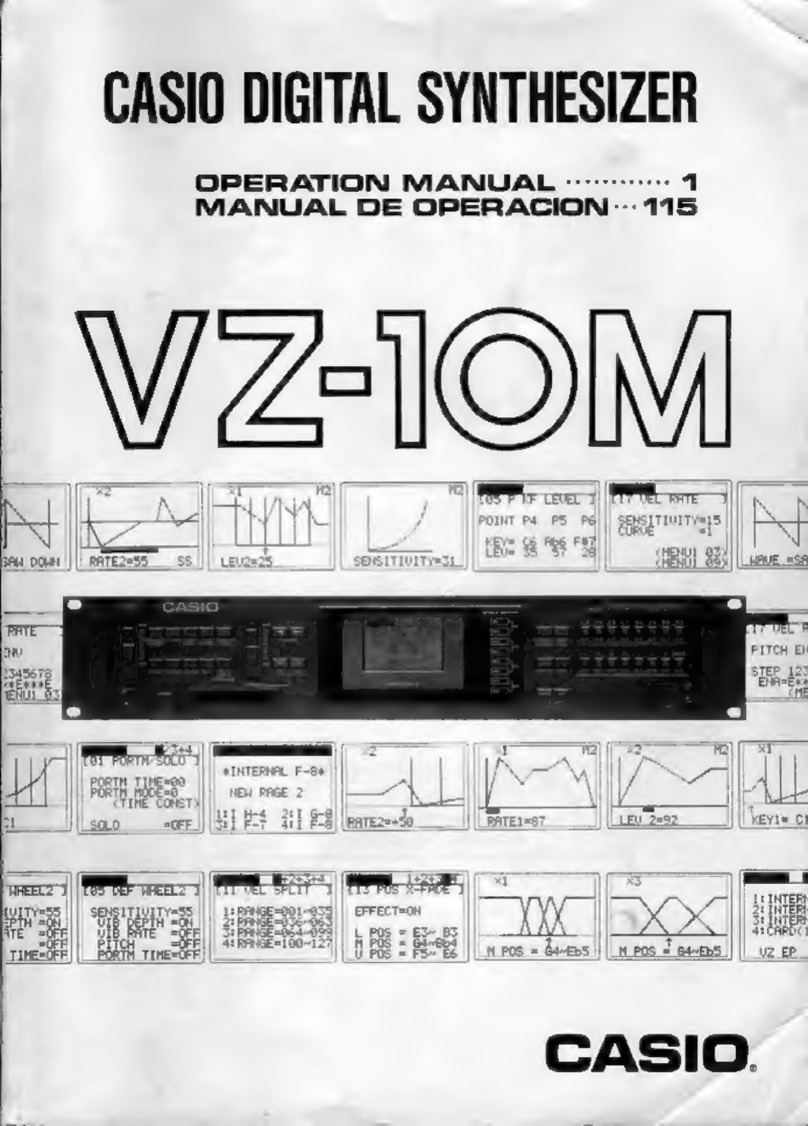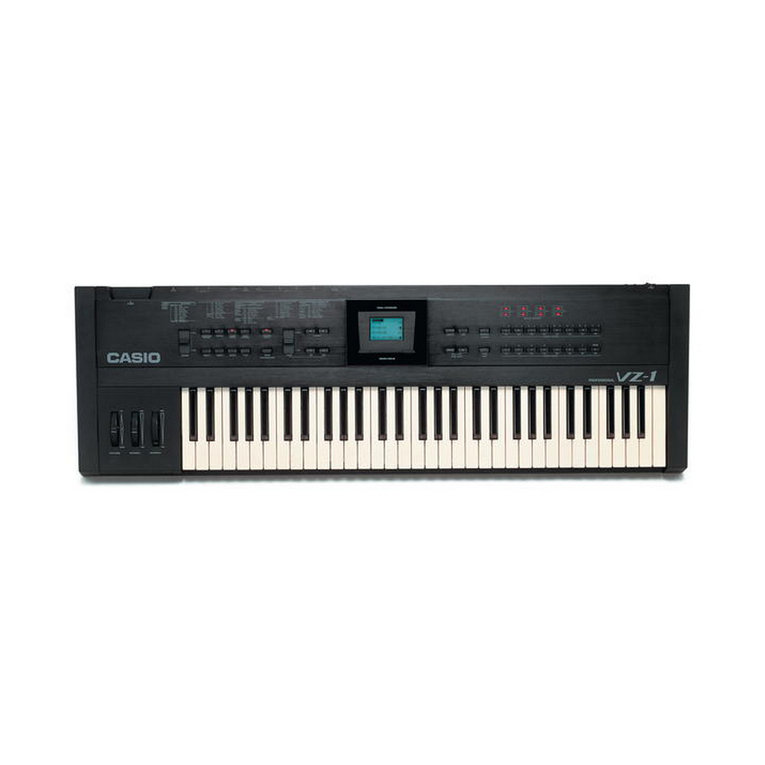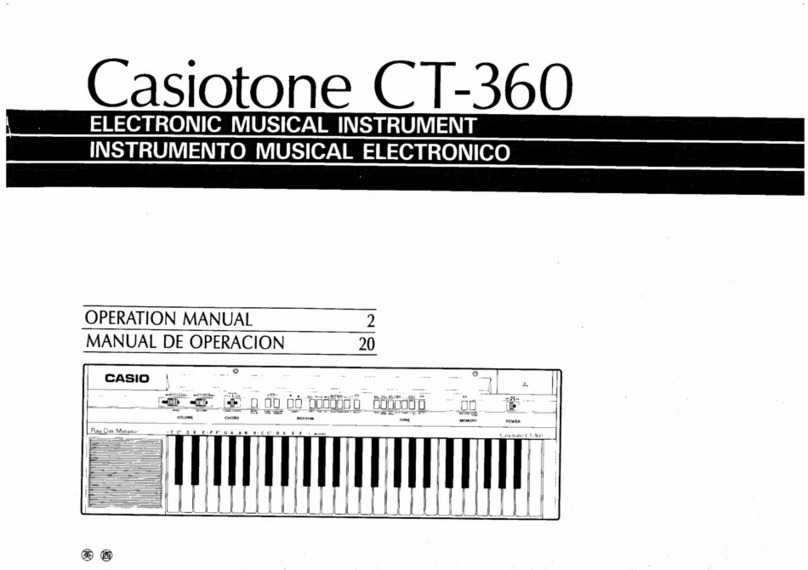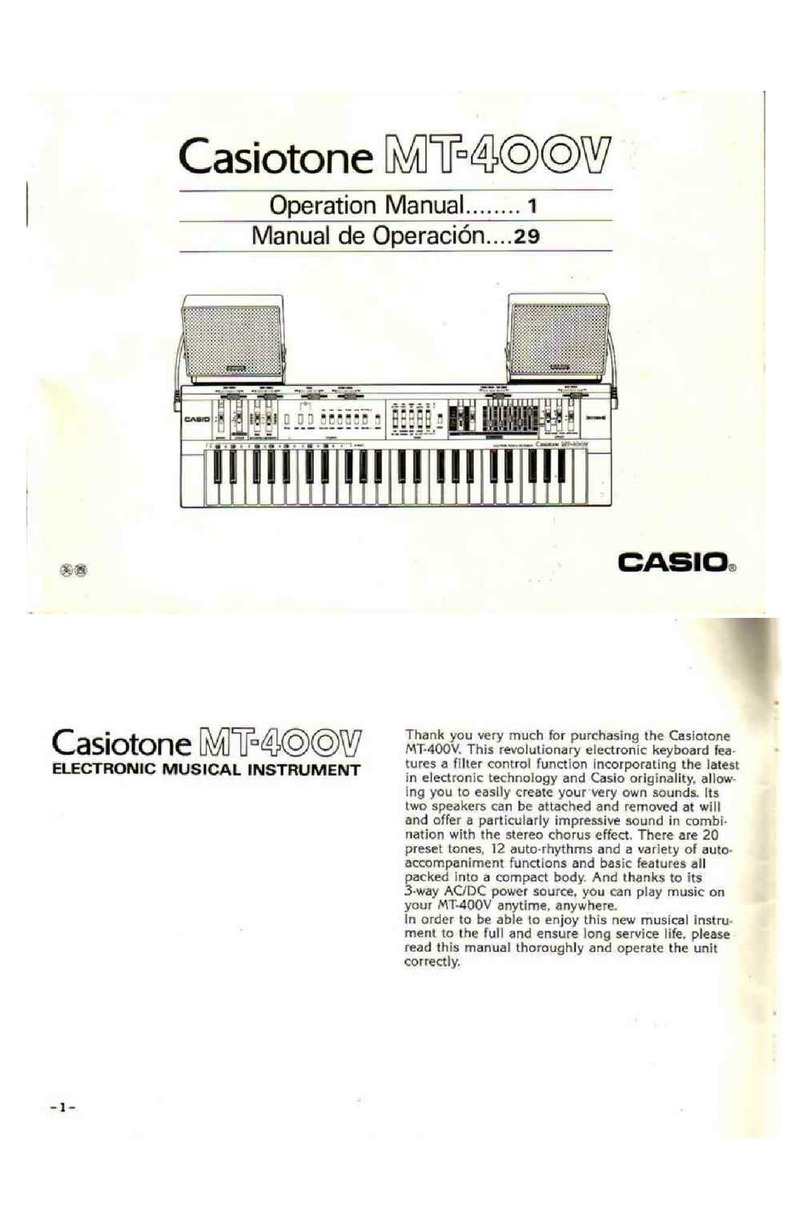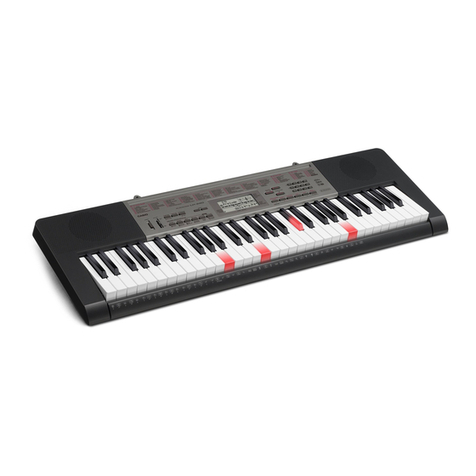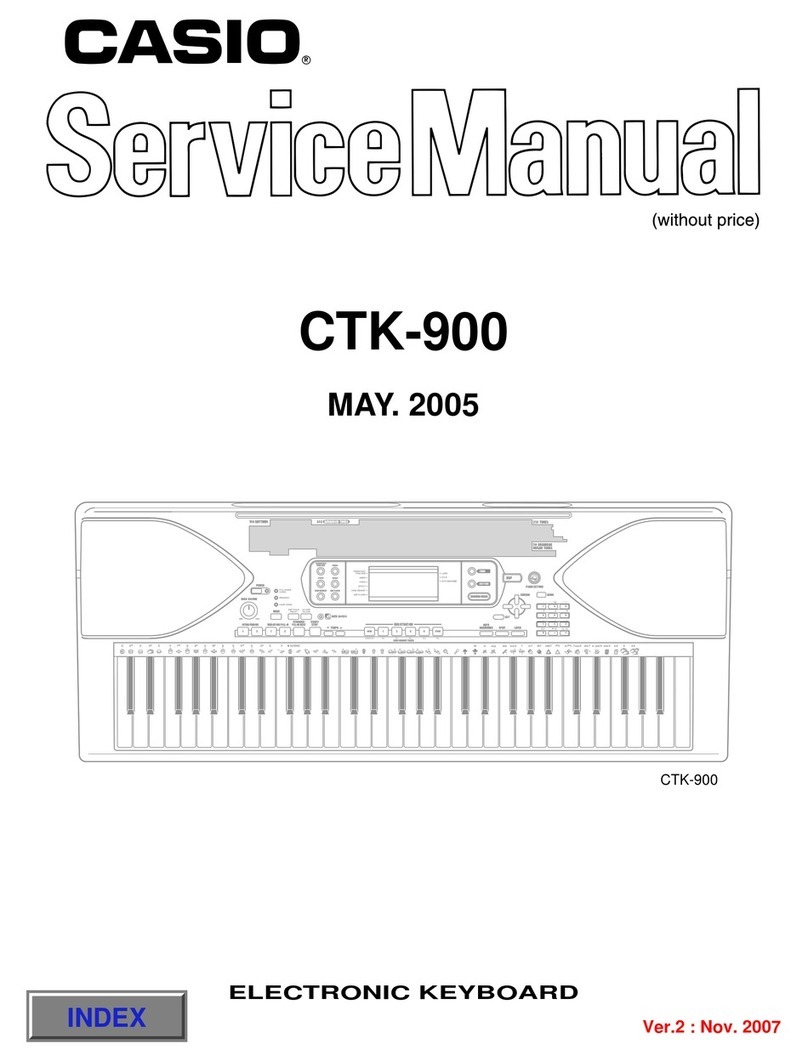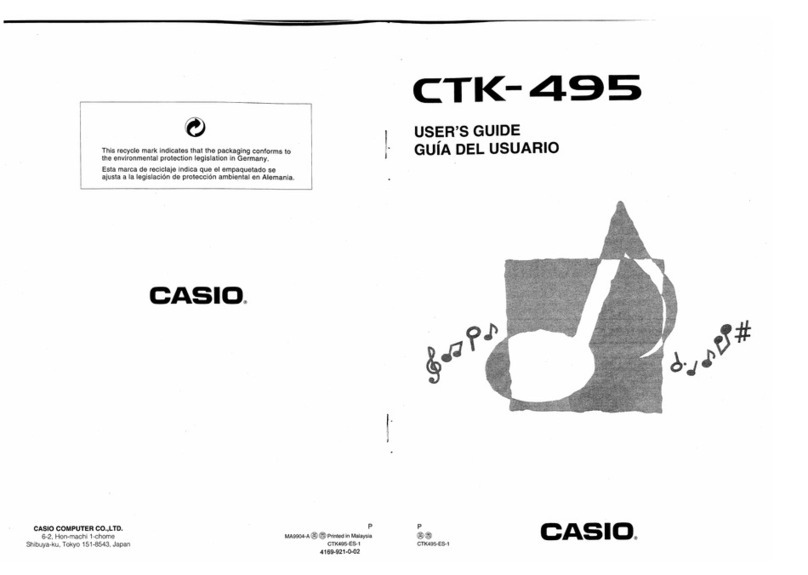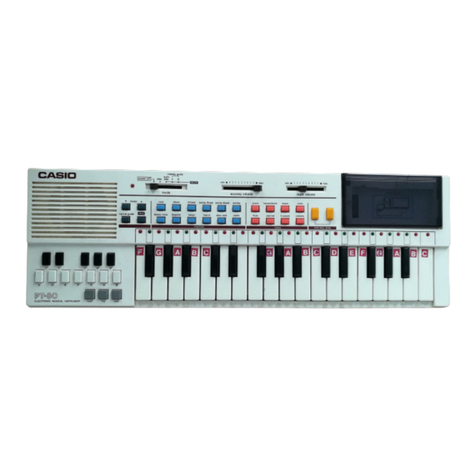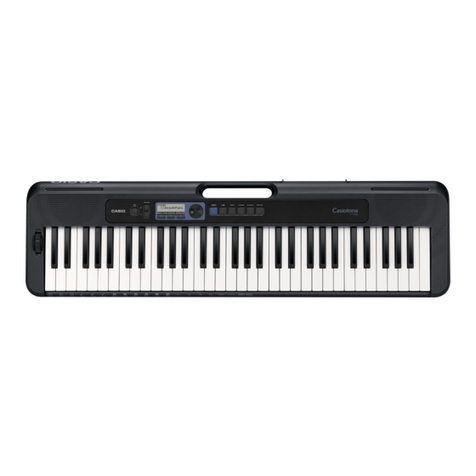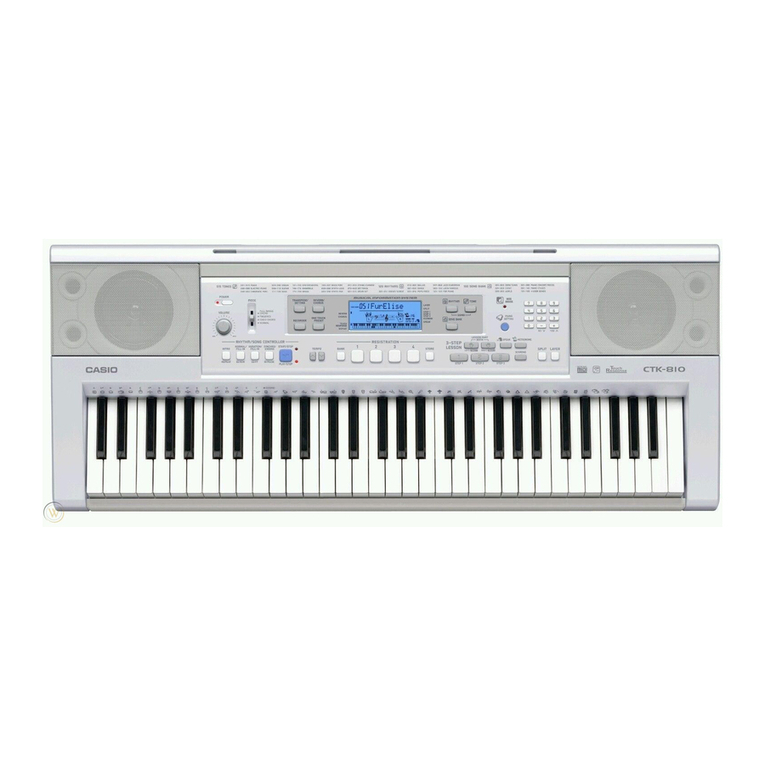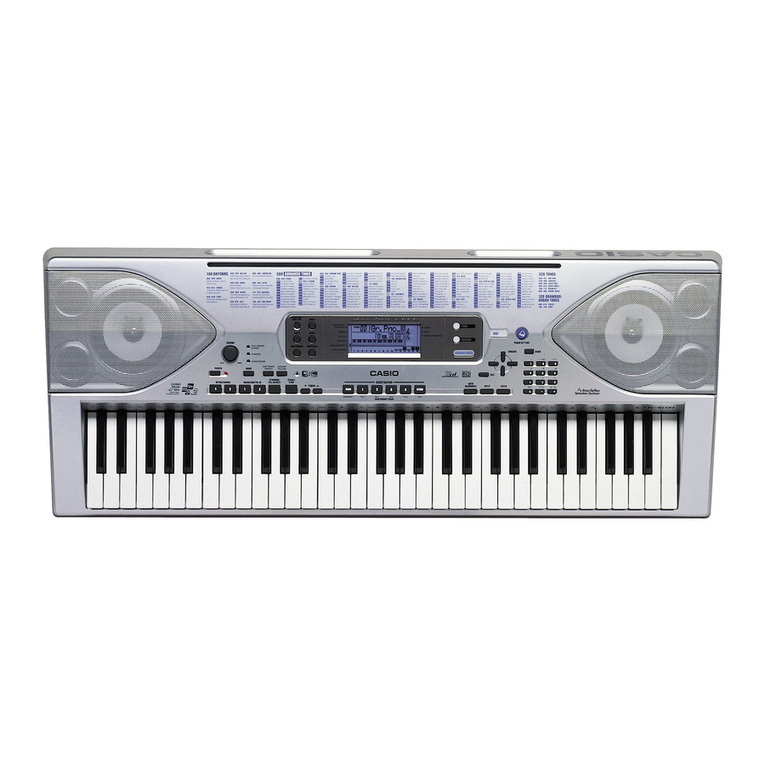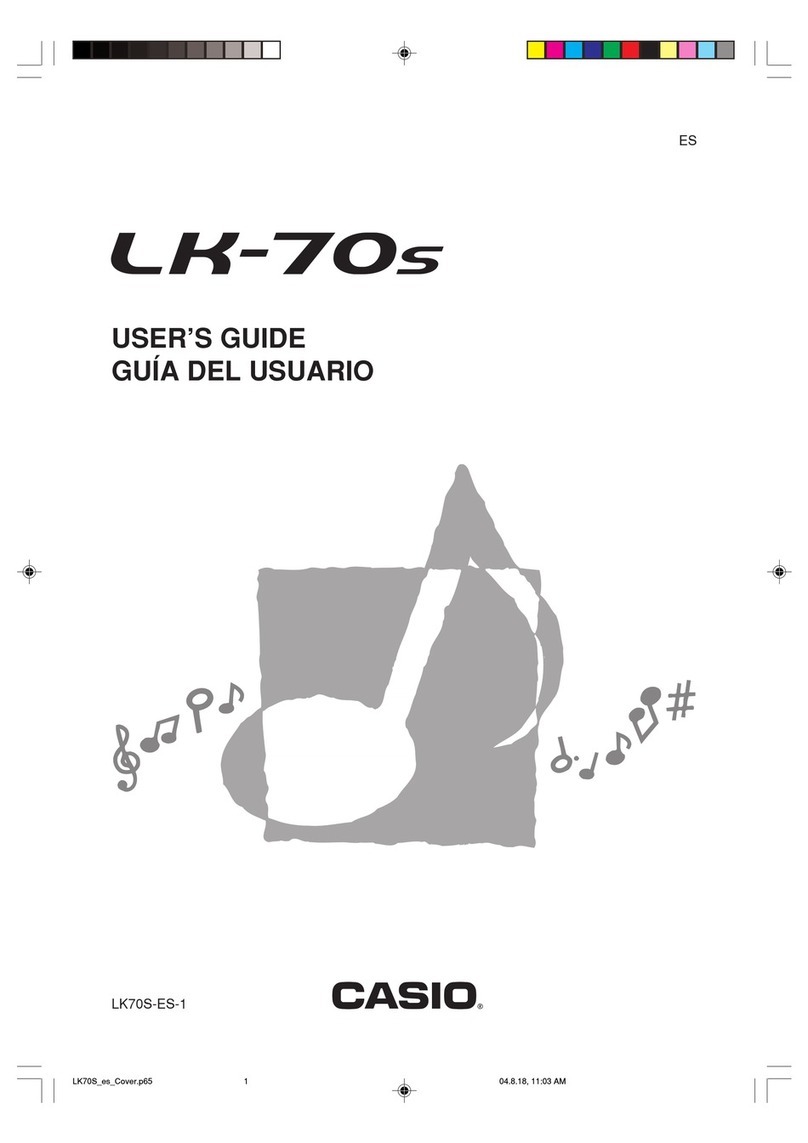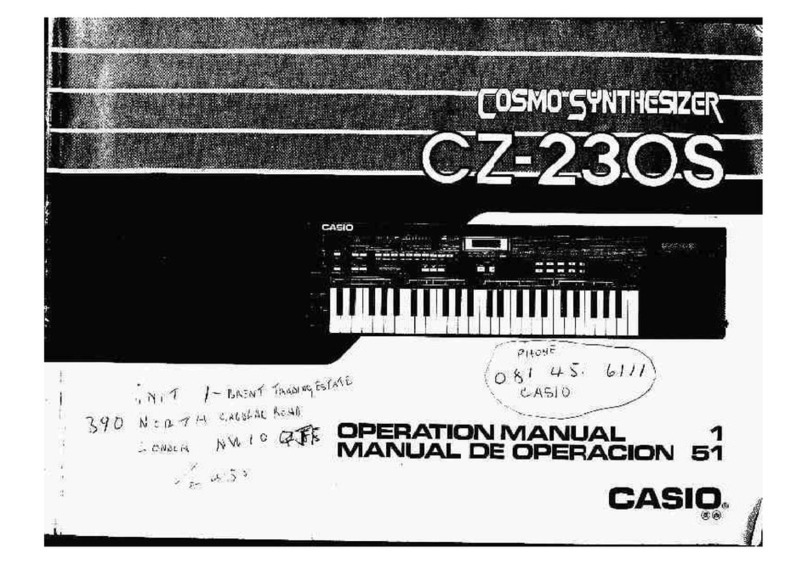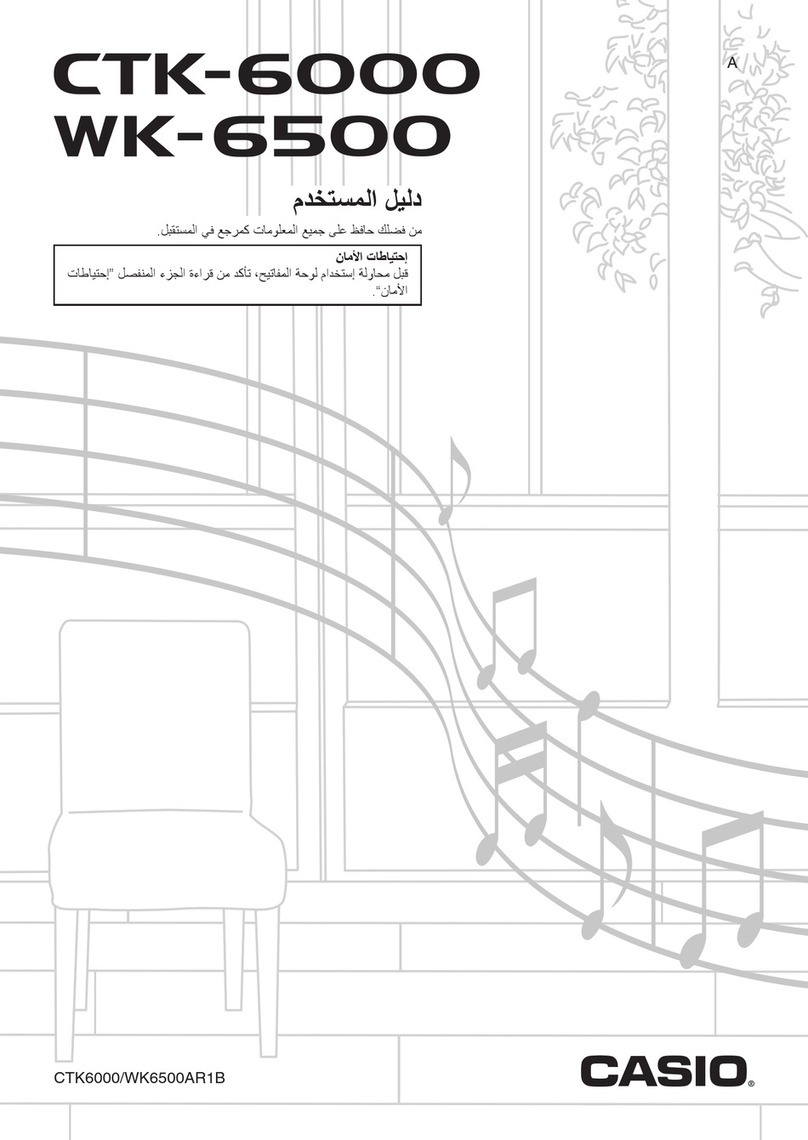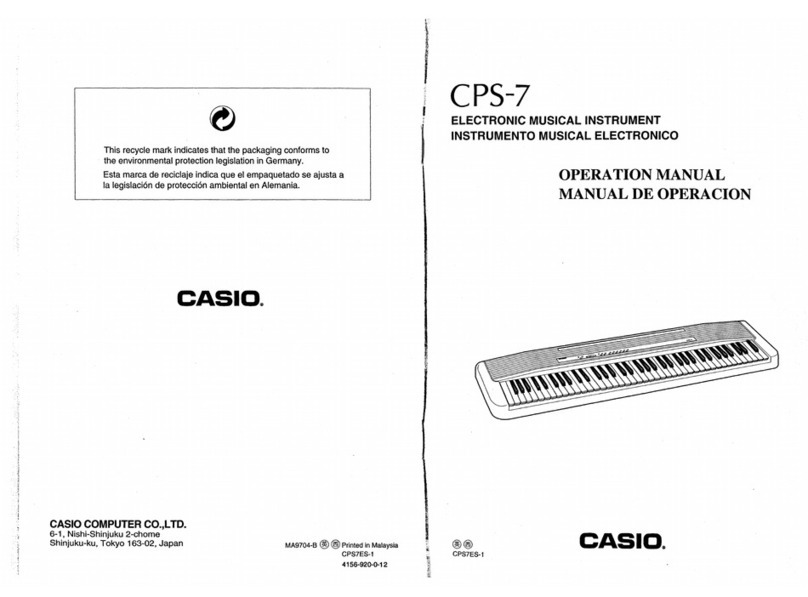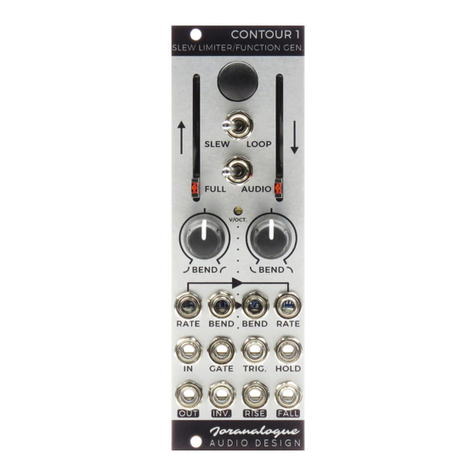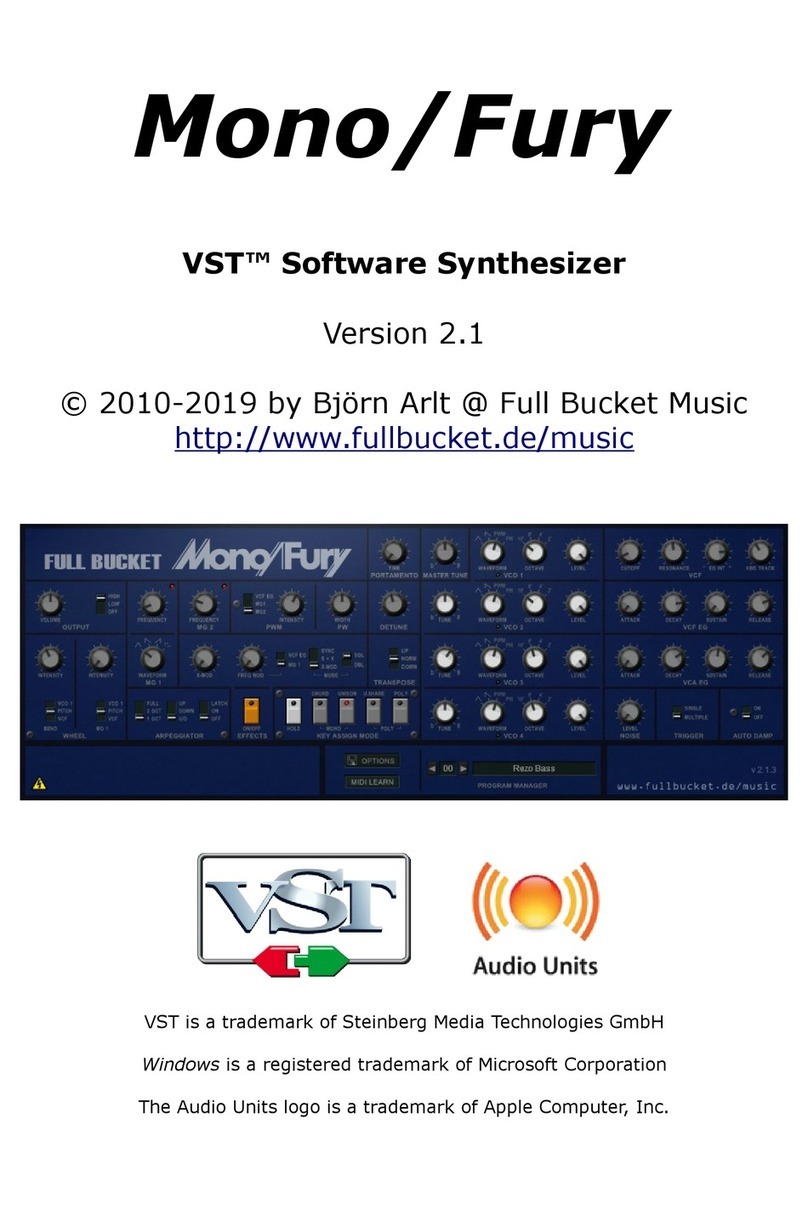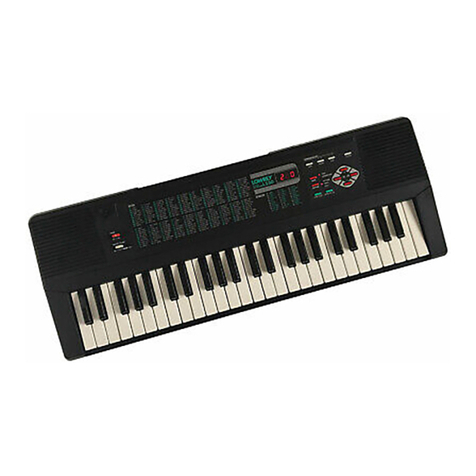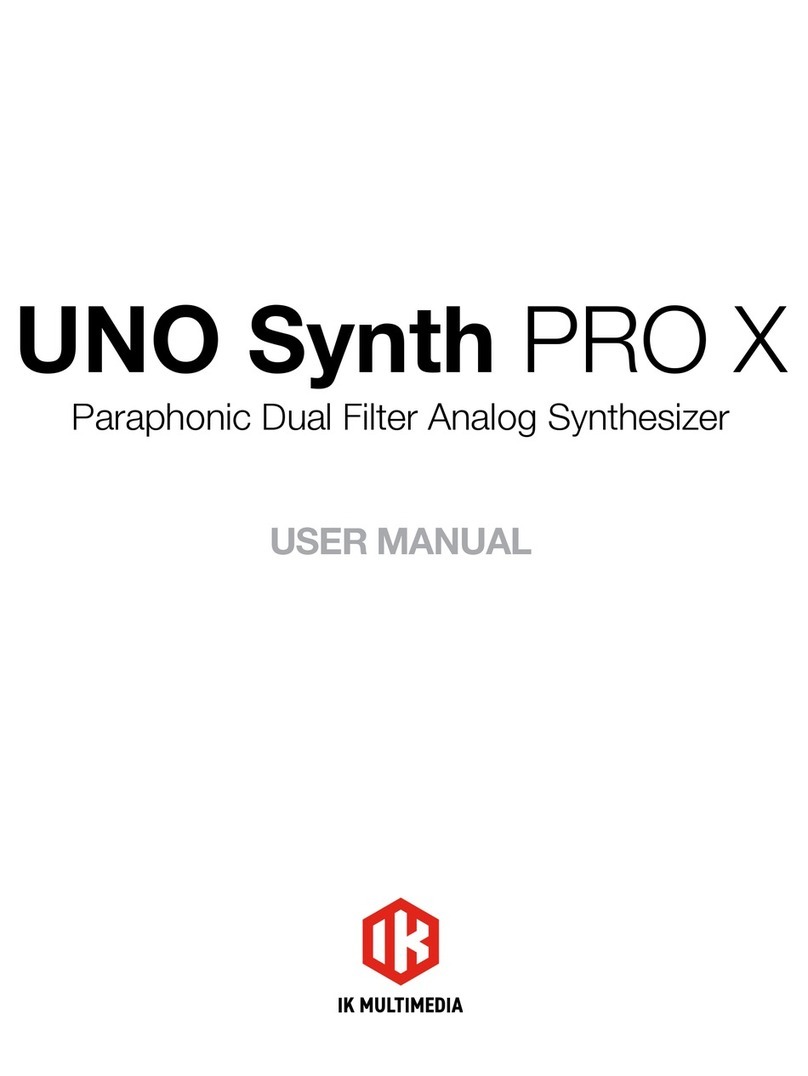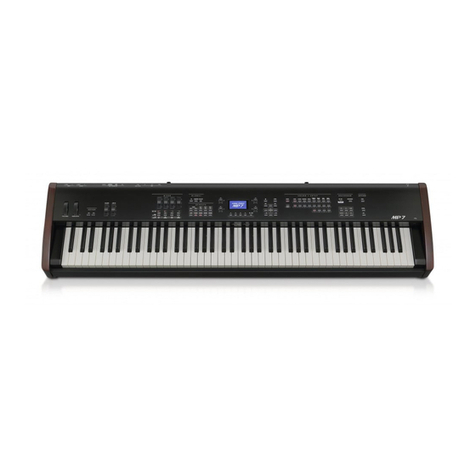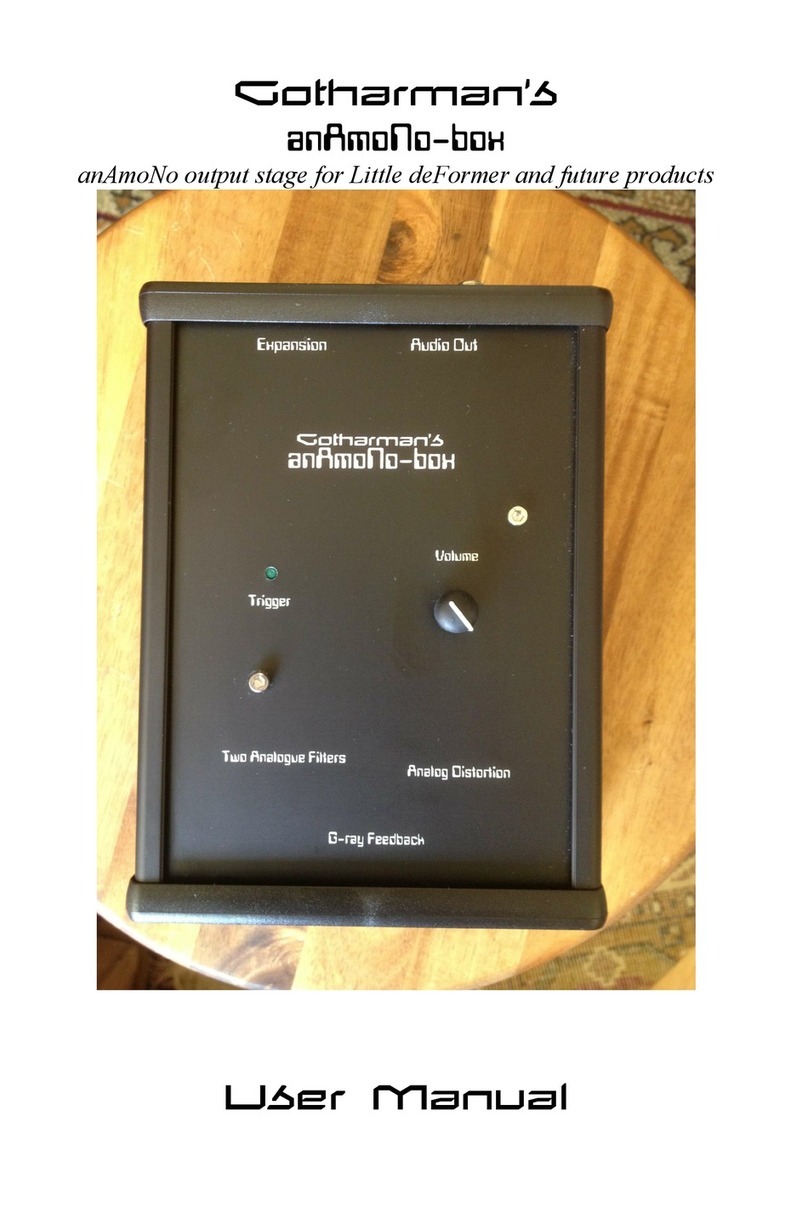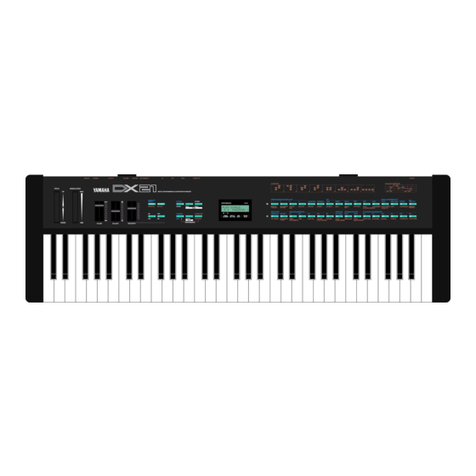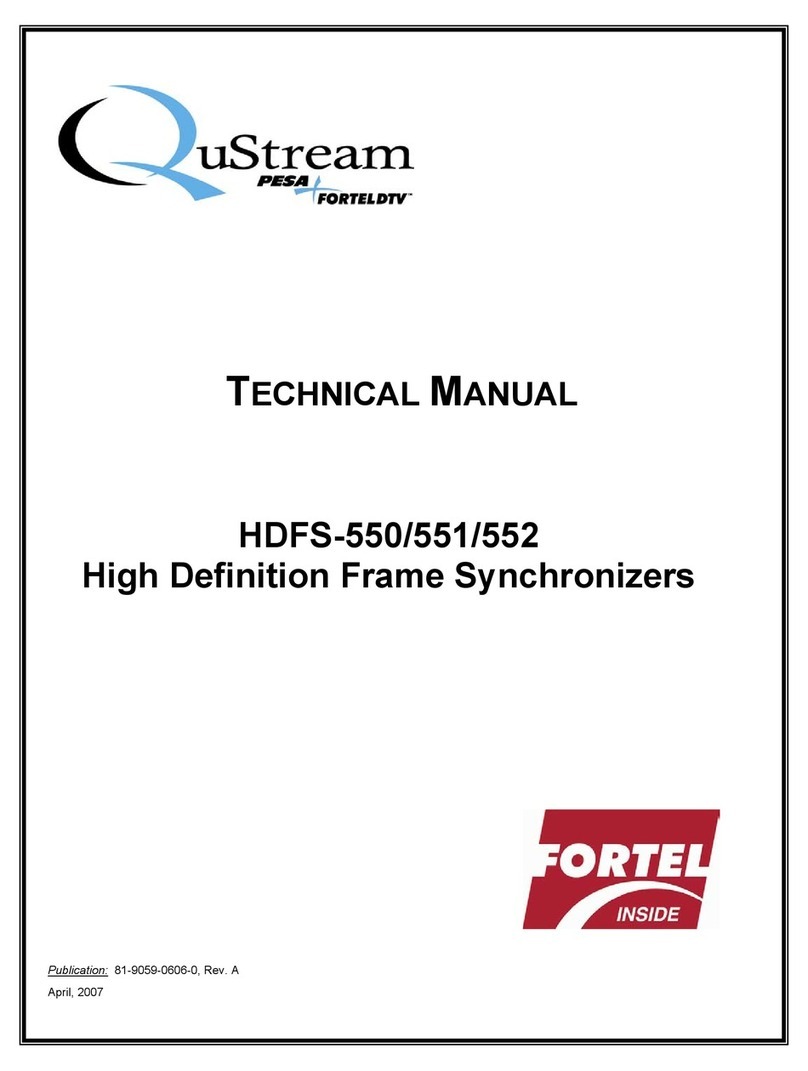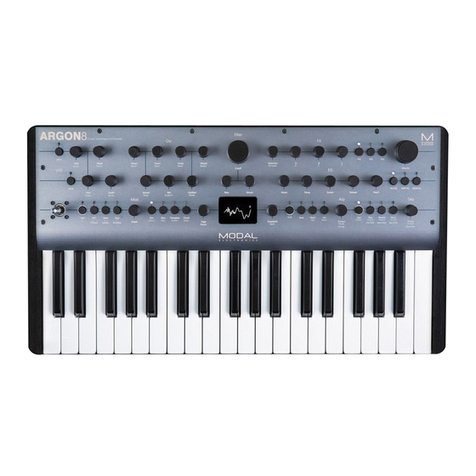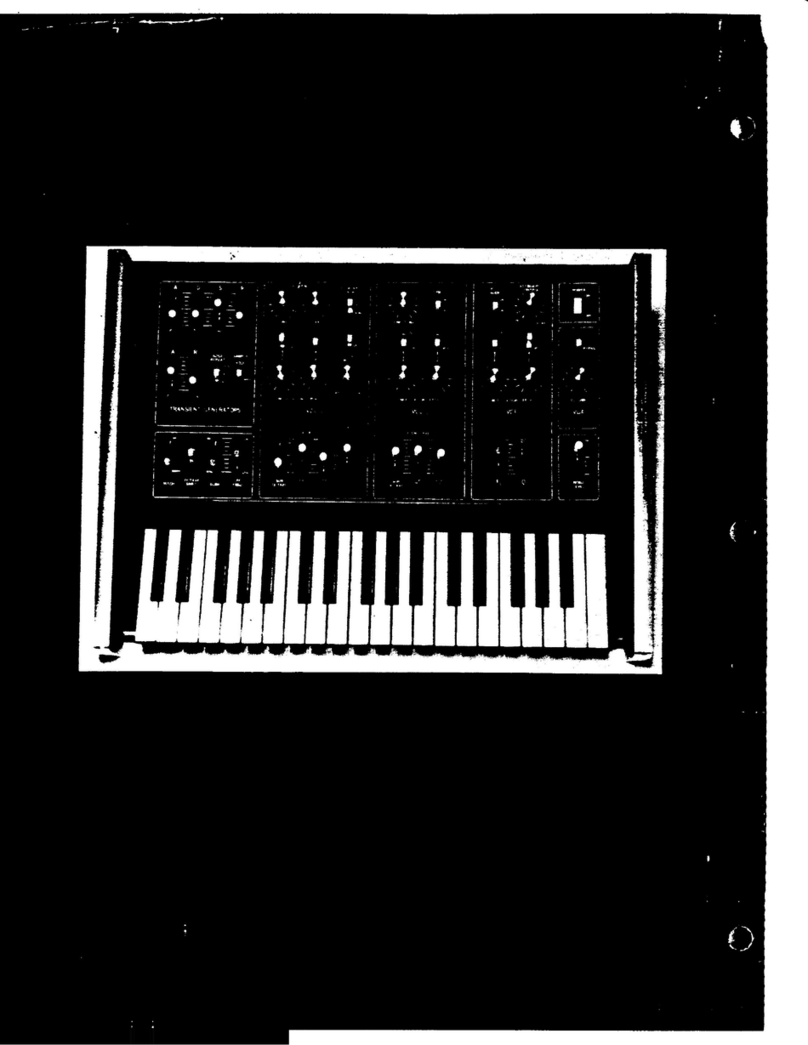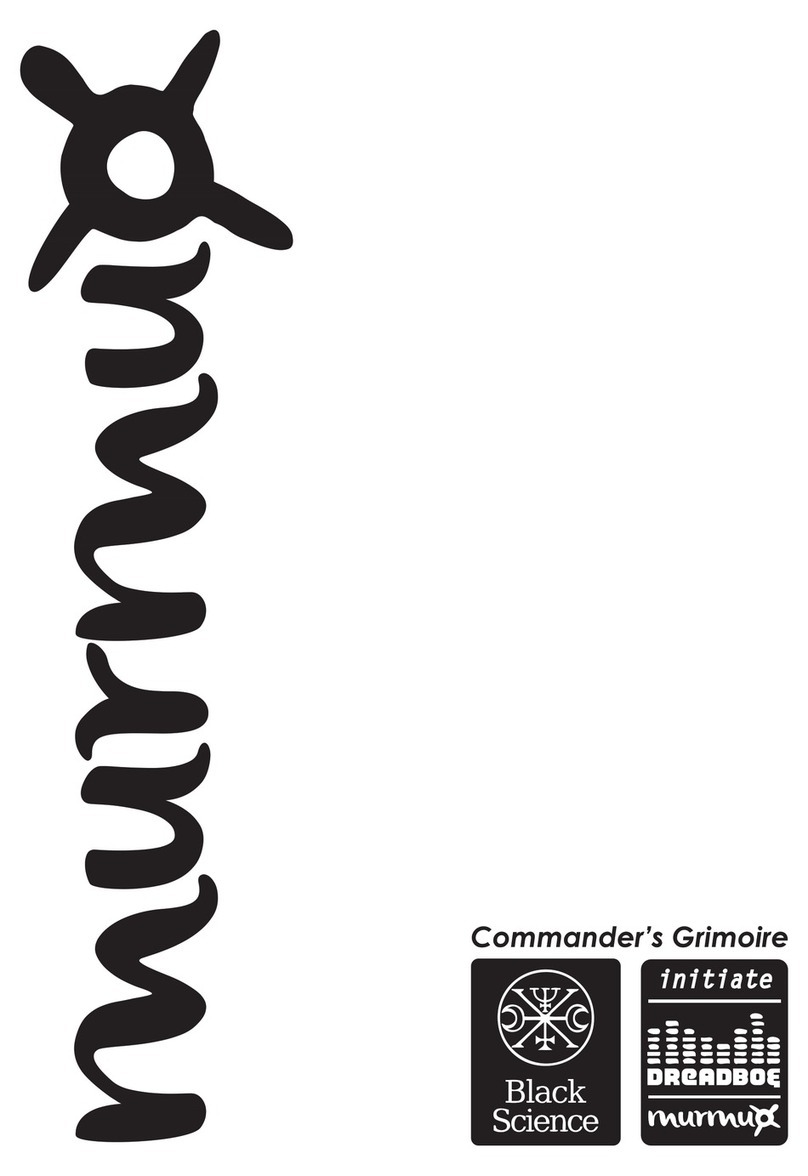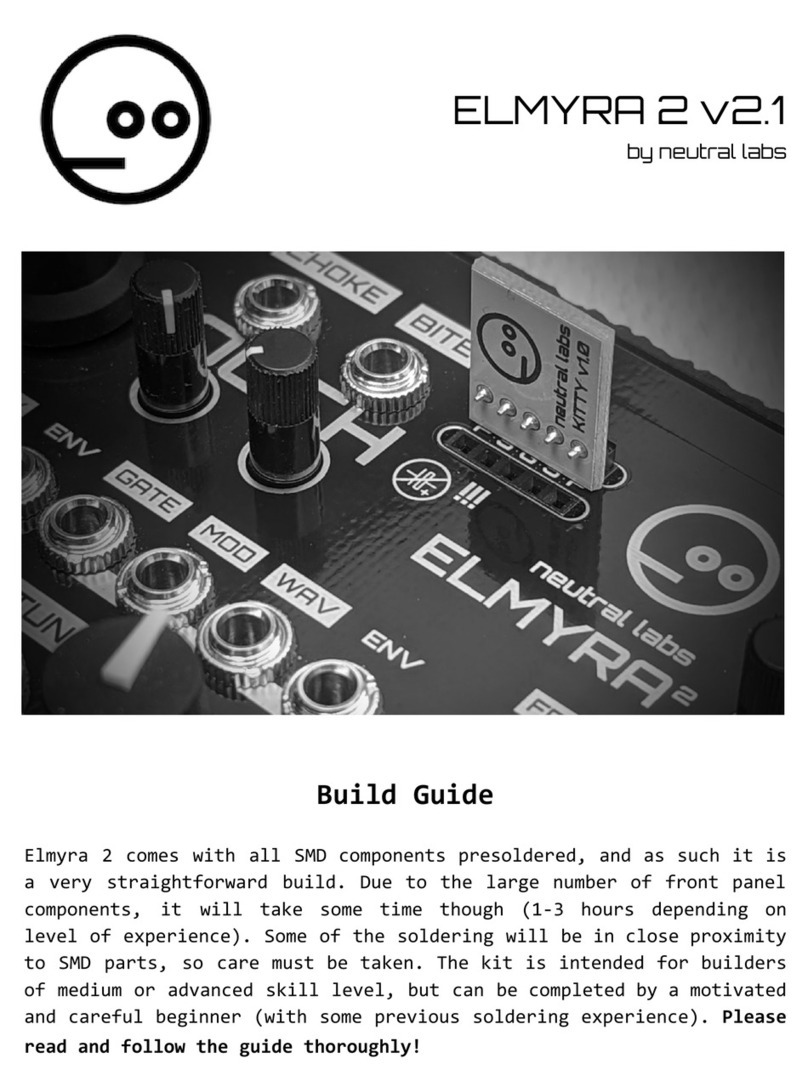
Part I
Overview
1 Product Configuration as a MIDI Device
As a MIDI device, this Instrument consists of the System Section, Sound Generator Section, and Per-
formance Controller Section described below. Each of these sections can send and receive specific MIDI
Messages in accordance with its function.
1.1 System Section
The System Section manages the Instrument status and user data.
1.2 Performance Controller Section
The Performance Controller Section performs keyboard play and controller operations, and generates
performance messages. Basically, generated performance messages are sent to external destinations
while also being transmitted to the Sound Generator Section. The channel number of the sent channel
message is in accordance with the Instrument’s MIDI setting. For details about the MIDI setting, see
the Instrument’s User’s Guide.
1.3 Sound Generator Section
The Sound Generator Section mainly performs receive of performance information and sound source
setting information. It consists of a common part that does not depend on the channel and a musical
instrument part that is independent of each channel.
1.3.1 Sound Generator Common Block
The common block consists of system effects, master control, etc. These can be controlled effect function,
general universal system exclusive messages, or the Instrument’s system exclusive messages or all. There
are two types of system effects on this instrument: system effects applied to keyboard playing parts and
system effects applied to other parts.
1.3.2 Instrument Part Block
The instrument part section is devided into A, B, C group for every 16 parts, and it consists of a total
of 48 parts. The settings of each part can be changed using channel messages or Instrument’s system
exclusive messages or all. Of these, only the C group channels can be controlled by external channel
messages.
The functions assigned to each part are shown below.
3
